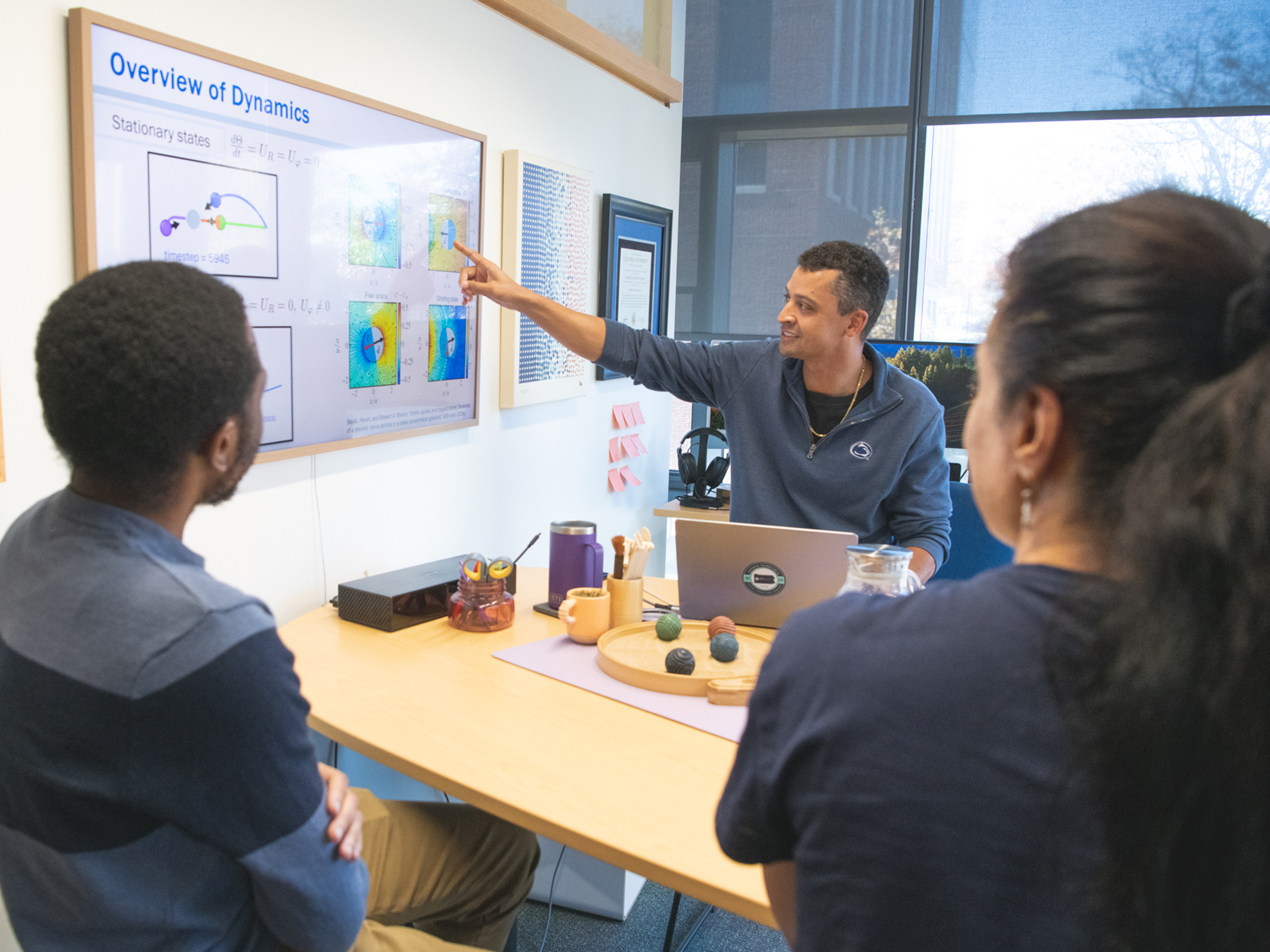Microscopic Robots: The Future of Health, Technology, and Environmental Solutions
Researchers at Penn State University are pioneering the study of active matter and microscopic robots, potentially revolutionizing various fields from healthcare to environmental conservation. Stewart Mallory, assistant professor of chemistry and chemical engineering, leads this innovative research.

The Challenge in Micro-Engineering
A significant hurdle in designing microscopic devices is understanding how their motion changes in confined environments. Mallory’s team tackled this problem, known as single-file dynamics, which is crucial for applications like drug delivery within the human body. Their research provides a solution by deriving an equation that predicts the movement of microscopic particles in narrow channels.
Understanding Microscopic Movement
“When we’re talking about small, particle-sized robots, they are going to be used in confined environments, like delivering medication into the bloodstream,” Mallory explained. The team’s work enables the simulation and prediction of how these microscopic swimmers behave in complex environments, a critical step before deploying such systems.
Connection to Human-Scale World
Mallory’s research has even changed his perspective on everyday phenomena like traffic flow. “Driving on a two-lane road is a nice example of single-file dynamics,” he noted, highlighting how their findings relate to broader principles of movement and congestion.
Phoretic Janus Particles: Tiny but Mighty
The researchers have also been studying Phoretic Janus particles, tiny self-propelled nanoparticles invented at Penn State about 20 years ago. These particles can move through fluids by creating chemical gradients around themselves. By understanding and ‘tuning’ these particles, the team aims to control their movement in response to chemical signals.
Potential Applications
The potential uses for this technology are vast. For instance, nanoparticles can be designed to target cancer cells by responding to the pH gradients they generate. “With precise particle design, we can build what are essentially microscopic robots that can sense and move toward specific biological signals,” Mallory said. Other applications include environmental cleanup by detecting and collecting microplastics.
Collective Behavior and Material Research
The study also explores how these particles interact collectively, enhancing the process of self-assembly at the microscale. This could revolutionize material research by allowing for the spontaneous formation of desired structures.
Looking Ahead
Mallory’s lab is currently developing theories and computational models to better understand particle behavior in various environments. Their work contributes to the broader field of active matter, pushing forward our ability to manipulate matter at the microscale. As research progresses, we can expect significant advancements in fields ranging from medicine to environmental science.

